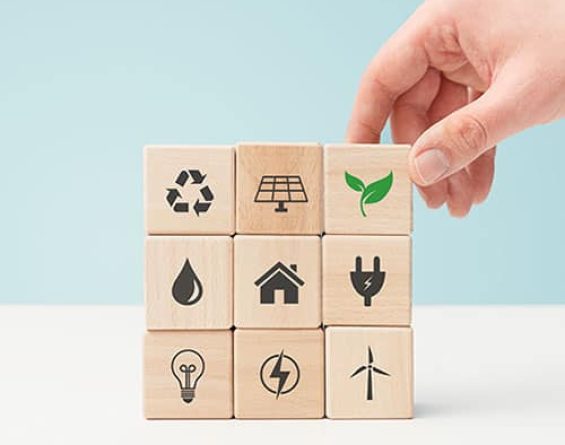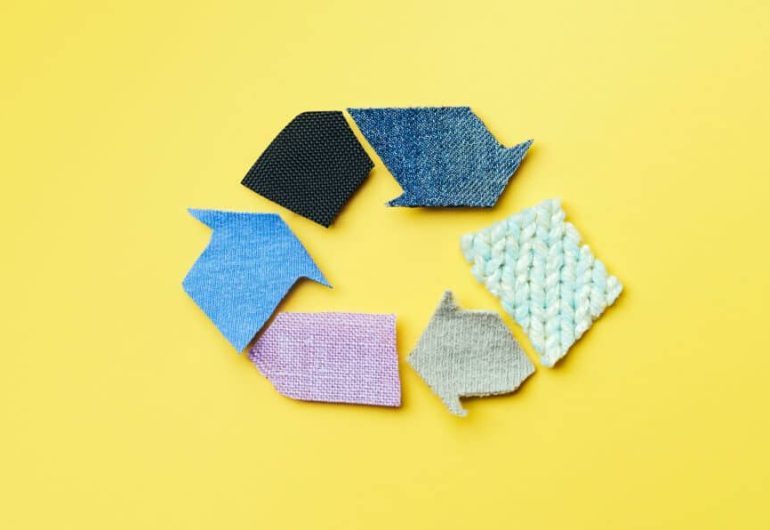Farewell & Goodbye: Lessons Learned Over a Lifetime of Cost Estimating
June 30, 2025

Emilie Diggs RID, IIDA, NCIDQ
The construction industry is responsible for roughly 32% of carbon emissions. As interior designers, we play a part in contributing to this number. This begs the question: “What can we do about it?” Apogee is primarily centered around healthcare design. As conscious interior designers, we aim to create a low carbon footprint in unison with designs. As designers, we can offset carbon emissions in a multitude of ways including planning, awareness, and research.
Thoughtful material selection and space planning can help significantly offset carbon footprints in the environments we design. One of the most important considerations is responsible manufacturing. It is important to prioritize planning for end-of-life use for materials. Many manufacturers have recycling and reuse programs to help with this effort.
Designers can also select materials that have a take back program to upcycle the product rather than waste it. Many products can be broken down and reused to create another product. Another way to reduce footprint is to prioritize products that have recycled content. A responsible designer also considers where products are manufactured relative to the project location. It is important to bear in mind the footprint regarding transportation and the environmental implications of materials that need to be transported long distances to be installed at a project site. It is important to plan for future space adaptations. Demountable partitions offer the ability for a space to be reconfigured with minimal waste.
Many existing healthcare facilities face the challenges of significant maintenance issues, historical infrastructure, and high energy operation costs. Interior designers can coordinate with mechanical and electrical engineers to select systems that reduce operation costs and energy consumption. Using LED lighting effectively reduces energy output and cuts down on facilities maintenance costs. Specifying the use of LED lighting is a significant way for interior designers to do their part.
Interior designers can create mindful designs that reduce our carbon footprint. Our designs should always aim to create a carbon negative footprint. Everyone needs to do their part to help in the climate crisis. How we approach design is only the beginning.

